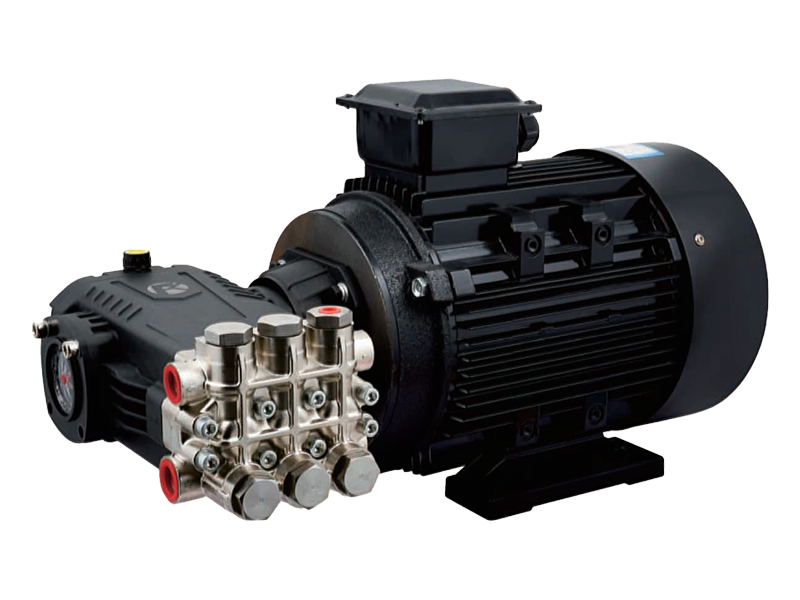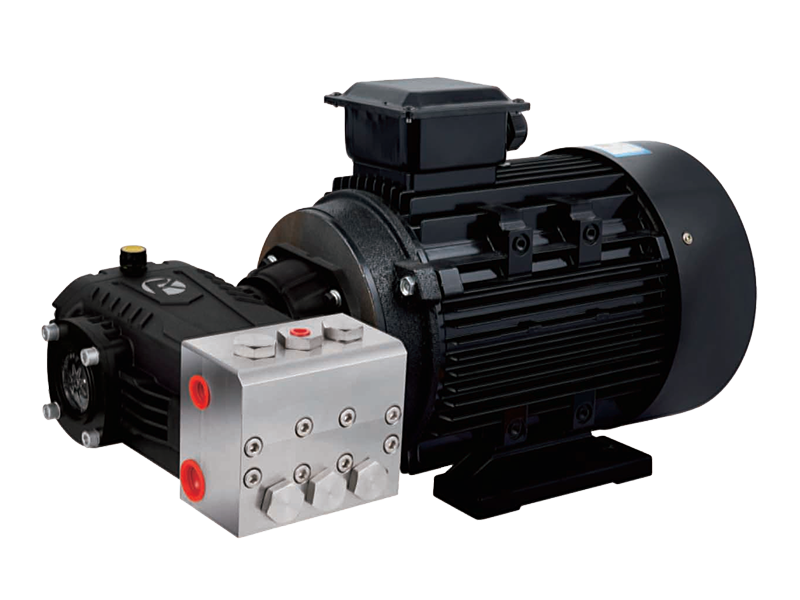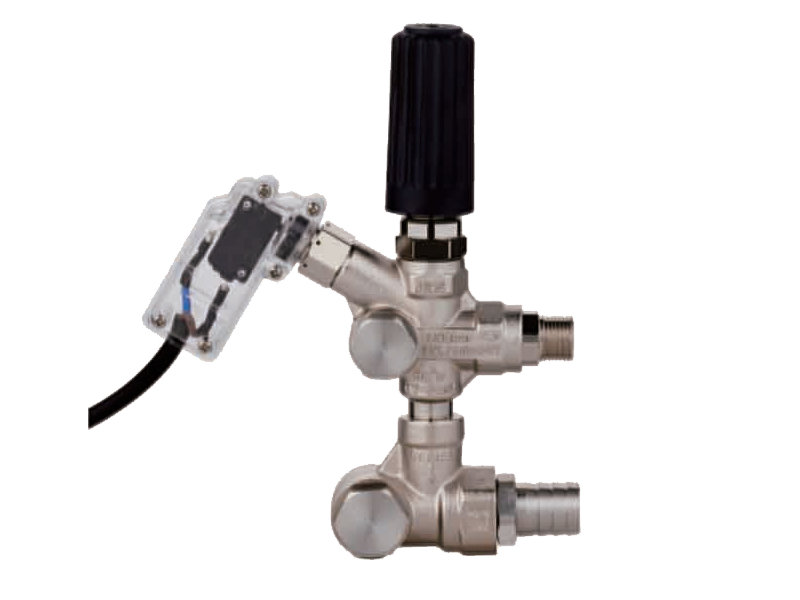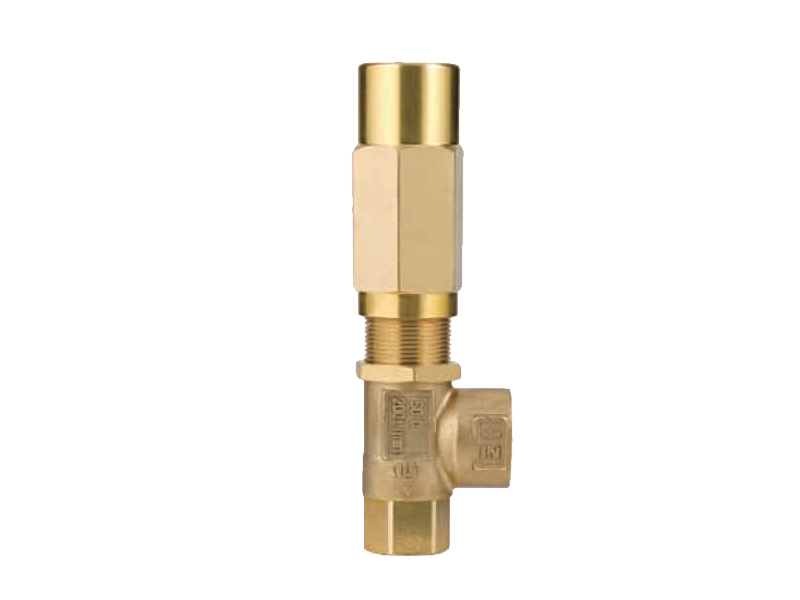Effects of Plunger Arrangement on Fluid Consistency in High-Pressure Systems
The Three Plunger High Pressure Pump is widely utilized in various industrial and engineering applications where the transfer of fluid under stable and high pressure is required. This type of pump employs three plungers operating in a synchronized reciprocating motion to pressurize and discharge fluid. The manner in which these plungers are arranged plays a crucial role in determining the stability and uniformity of the discharged fluid flow. While the pump is designed to reduce pulsation, the geometric layout of the plungers and their motion phase angles directly influence how evenly the pressure and flow are distributed across each cycle. Understanding these internal dynamics is essential for ensuring consistent fluid performance and prolonged pump efficiency.

Role of Plunger Synchronization in Flow Stability
In a multi-plunger system, the arrangement determines how the plungers contribute to the total output at different time intervals. If the plungers operate with equal phase differences, their discharge strokes overlap effectively, reducing the occurrence of flow fluctuations. A balanced phase shift ensures that as one plunger completes its discharge stroke, another begins, maintaining a near-continuous flow of pressurized fluid. Conversely, if the plungers are not synchronized or their angles of operation are unevenly distributed, the fluid output may exhibit noticeable pulsations, which can cause pressure spikes and vibration within the system. Therefore, the synchronization of plunger motion is the key factor in achieving uniform fluid discharge.
Impact of Linear and Radial Arrangements
The physical arrangement of the plungers can generally be categorized as linear or radial. In a linear arrangement, plungers are aligned in a straight configuration, often sharing a common crankshaft. This setup provides structural simplicity and facilitates straightforward maintenance, but it may also introduce minor variations in pressure at high operational speeds due to unequal mechanical loading. In contrast, a radial configuration, where plungers are positioned symmetrically around a central drive shaft, can offer more balanced pressure output. The radial symmetry ensures that the discharge pulses are evenly distributed around the rotation axis, reducing vibration and improving the fluid’s uniformity. Thus, the radial design is often preferred in high-demand applications that require steady output with pulsation.
Relationship Between Stroke Timing and Fluid Uniformity
The stroke timing of each plunger determines when and how the fluid is compressed and released. In a suitably arranged system, each plunger’s discharge phase slightly overlaps with the suction phase of another, ensuring that the total flow rate remains almost constant throughout the operation cycle. Improper timing, on the other hand, results in intermittent flow, with alternating peaks and troughs in pressure output. This inconsistency can affect downstream equipment, causing uneven spraying, jet instability, or mechanical wear. Manufacturers, therefore, employ precise crankshaft designs and timing adjustments to achieve ideal synchronization among plungers. A well-calibrated timing configuration directly enhances fluid smoothness and system reliability.
Influence on System Efficiency and Component Longevity
Uniformity in fluid discharge does not merely affect output quality—it also influences the mechanical health of the entire system. When the plunger arrangement ensures smooth and consistent flow, internal stress on valves, seals, and bearings is significantly reduced. The use of pulsation lowers vibration levels, causing quieter operation and extended equipment life. On the contrary, poor arrangement or misalignment can cause cyclic loading, resulting in fatigue failure of internal parts and increased maintenance frequency. Therefore, optimizing plunger arrangement contributes both to operational efficiency and long-term durability of the pump system.
The arrangement of plungers within a three-plunger high-pressure pump serves as a determining factor for the uniformity of fluid flow and overall mechanical stability. Whether through the phase synchronization, radial or linear layout, or precise stroke timing, the configuration defines how efficiently the pump can maintain steady discharge pressure. A well-designed plunger arrangement not only enhances the consistency of fluid delivery but also improves energy efficiency and reduces mechanical stress. In essence, the careful consideration of plunger geometry and timing is indispensable for achieving good performance in modern high-pressure fluid systems.


 English
English Español
Español русский
русский










